Japan is master of lucky charms, they have countless of them. You will find lucky charms at the various temples, on the street and certainly in people's homes. We have the horseshoe, ladybug and four-leaf clover, the list of lucky dolls seems endless. Japan expert Ingrid from the Japan webshop Roppongi explains the meaning of 7 Japanese lucky charms for you. This is part 2 and here you can read Japanese lucky charms - part 1 .
Lucky charm - Koinobori for happy children
These cheerful, colorful carp flags hang everywhere in Japan around May 5. It is Children's Day and with the koinobori parents wish their offspring a long and healthy life. Carp swim upstream in the river, which requires a lot of strength and perseverance. At Roppongi you will find a nice collection of these cheerful Japanese fish flags .
👉 Also read: Japanese koinobori for a healthy and strong life + free DIY download 
Lucky charm - Kokeshi, the lucky doll from the mountains
Kokeshi are wooden dolls with a cylinder shape, spherical heads, but without limbs. You encounter them all over Japan, but they were born in the mountains of Tōhoku. Woodworkers originally made the dolls as souvenirs for visitors to the hot springs. These were usually farmers who came from the region to take a break. Because the dolls were close to the mountain gods, they became a kind of talisman for the farmers, for luck and a successful harvest. Now you can find these cute lucky dolls everywhere in Japan, in traditional and modern designs.

Lucky Charm - O-mikuji and ema, happiness can be bought
If you have ever been to a Japanese temple, or seen a photo of one, you have probably noticed the countless white pieces of paper on the branches of trees. You can buy those lucky notes at the temple shop, yes really: happiness is for sale! It contains a good, bad, or neutral prediction. If you are unlucky and have a bad prediction, leave the slip on the tree at the temple. You can take home a good prediction.
There are also racks full of wooden planks, they are called ema, at Shinto shrines. These are also a kind of temples, not Buddhist but Shinto. The idea is that you write a dream or wish on the board and hang it up. Hopefully one of the many kami, Shinto gods, will come along to grant your wish.

Lucky charm - Kitkat
This may seem like an odd one out, but the Kitkat also brings luck in Japan! How? In Japanese it is pronounced “kitto katto”, which is similar to “kitto katsu” and also means “you will definitely win”. It is therefore understandable that it is a popular gift from parents to their children during exam time.

More fun from Japan
Do you want to bring a little Japanese happiness into your home, or does someone around you deserve a little bit of extra happiness? Here are they all together, which one suits you best? Fancy a tasty Japanese dish? Then take a look at this recipe: Miso soup: a simple, quick and above all super tasty Japanese recipe

The author: Ingrid Beyer
Ingrid from Happlify crew member Roppongi is a far too modest Japan expert who can tell you all the ins and outs. Roppongi is the webshop for lovers of Japan, design, good food, tea and DIY. Visit Roppongi and the blog regularly for the quickest trip to Japan. Ingrid's blog posts >
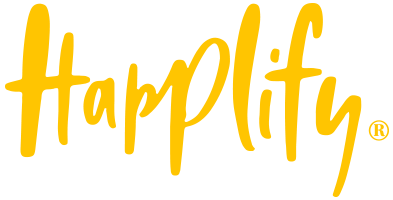

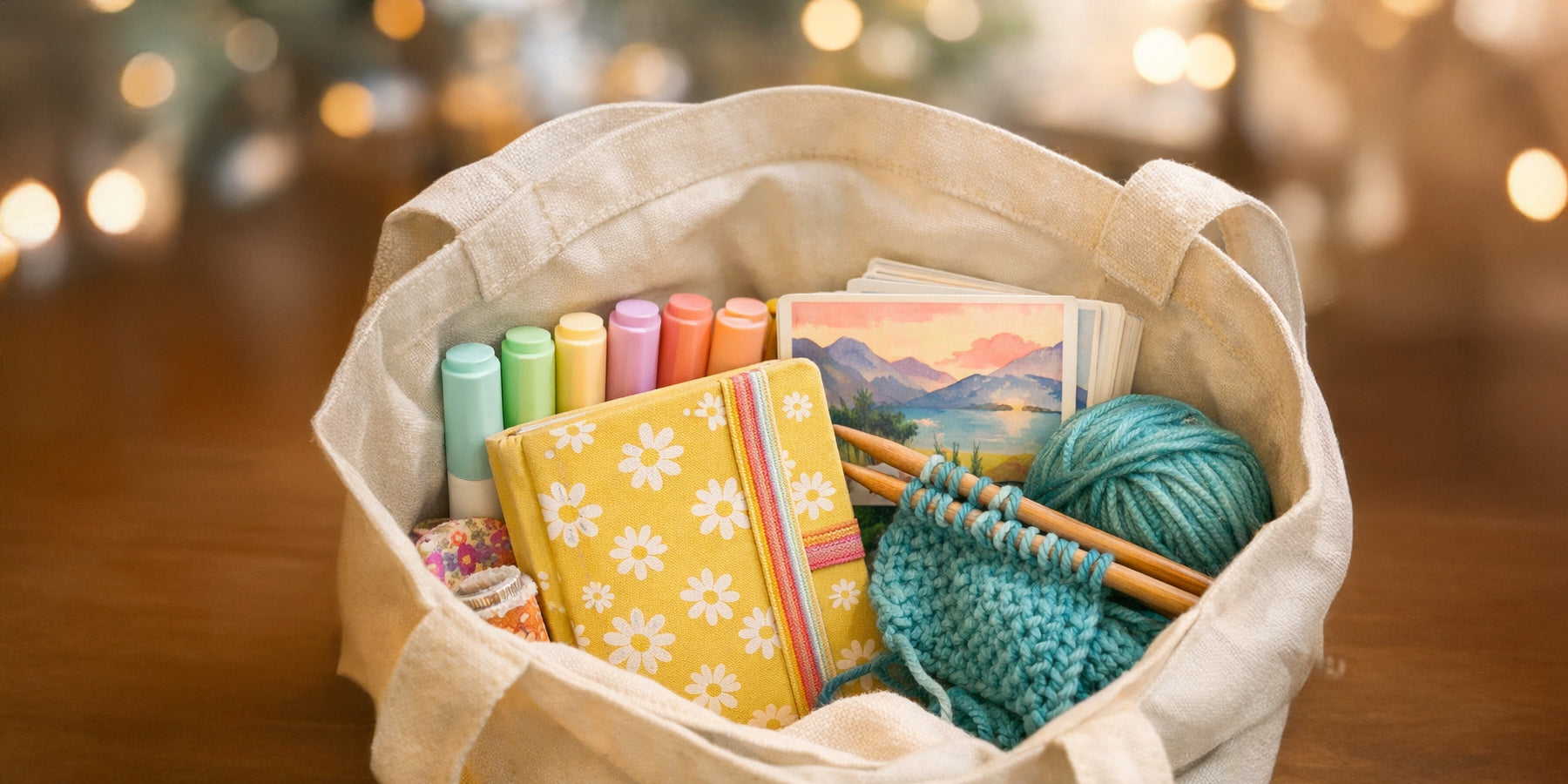
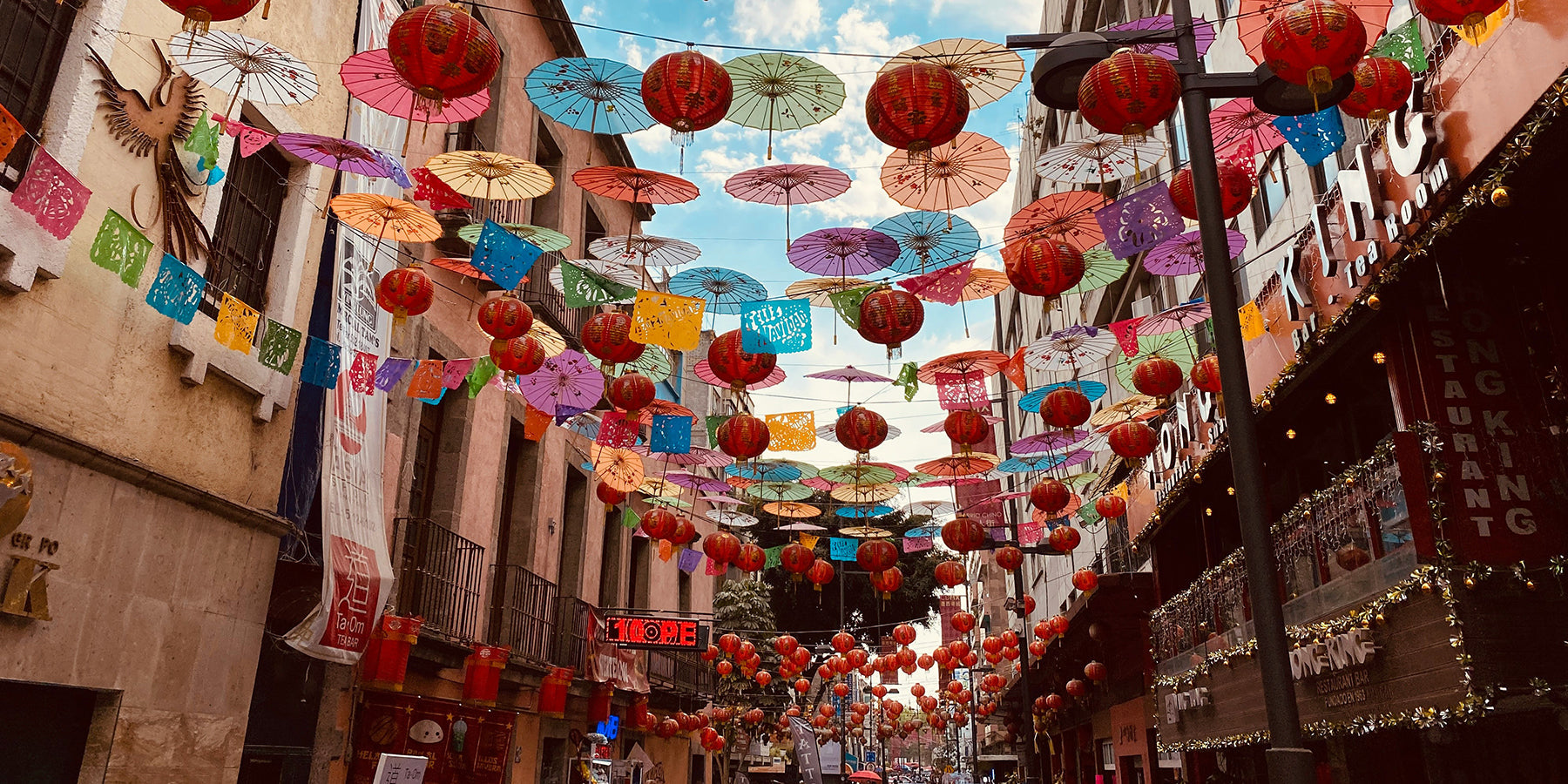
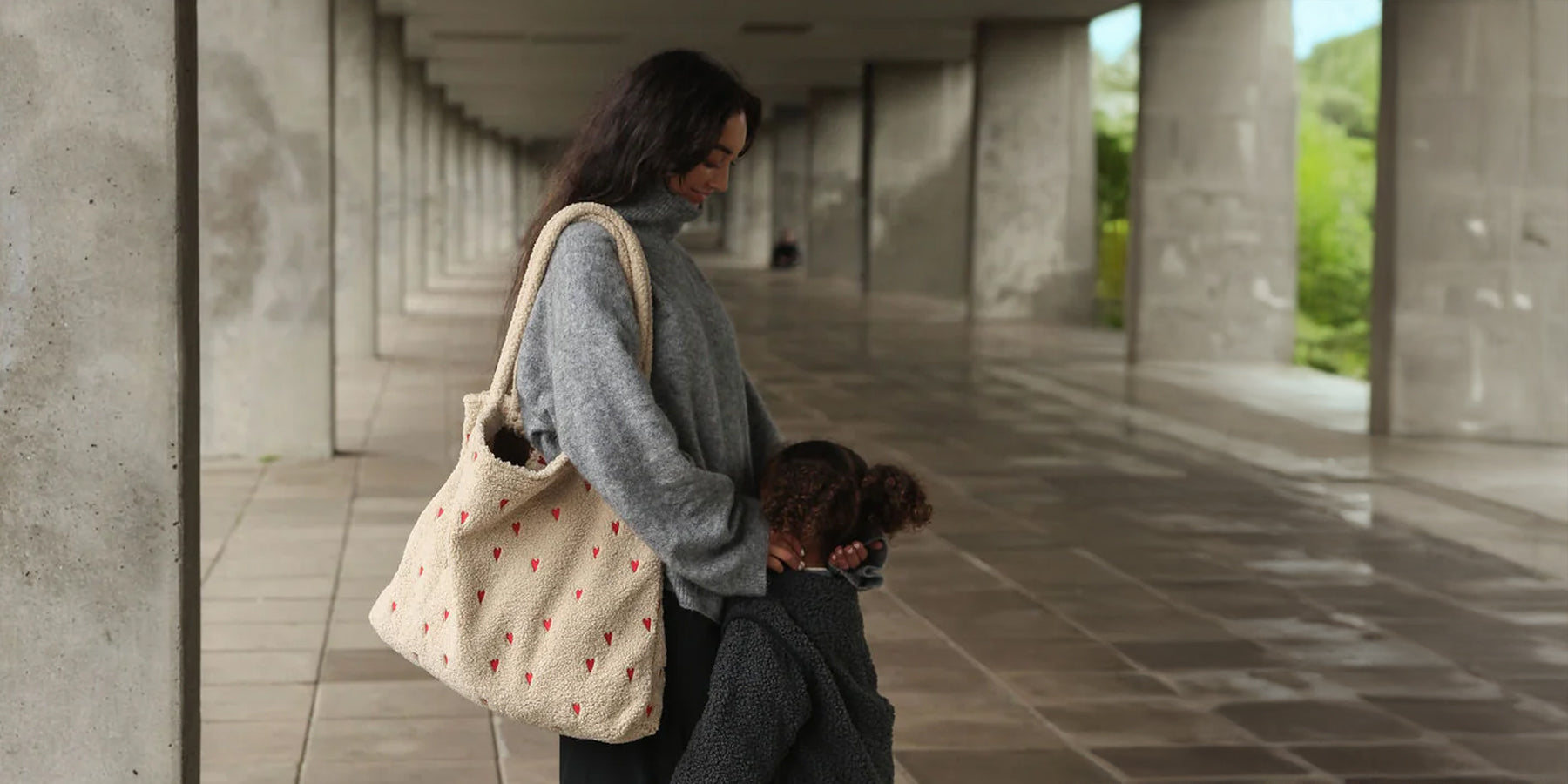

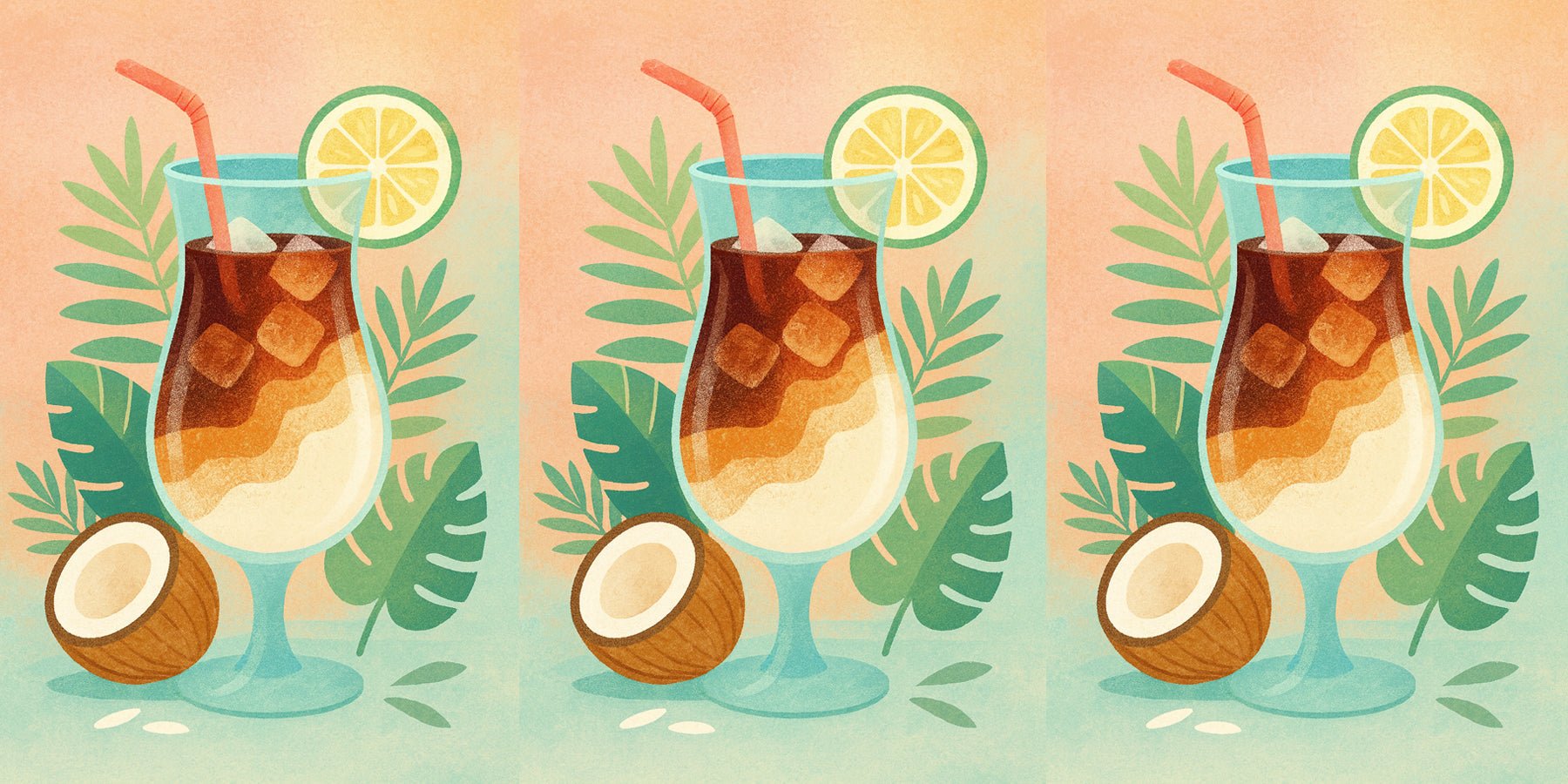
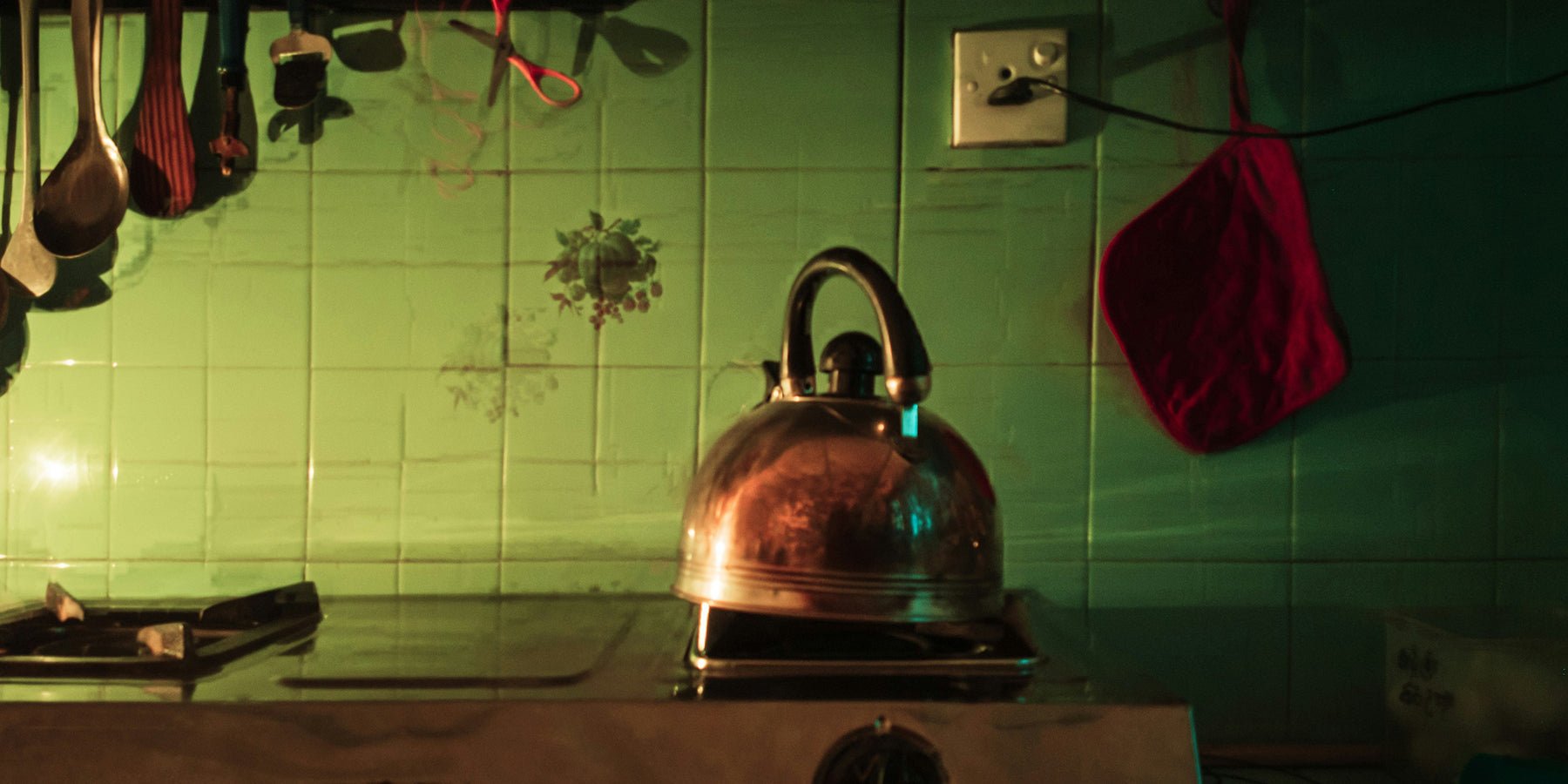
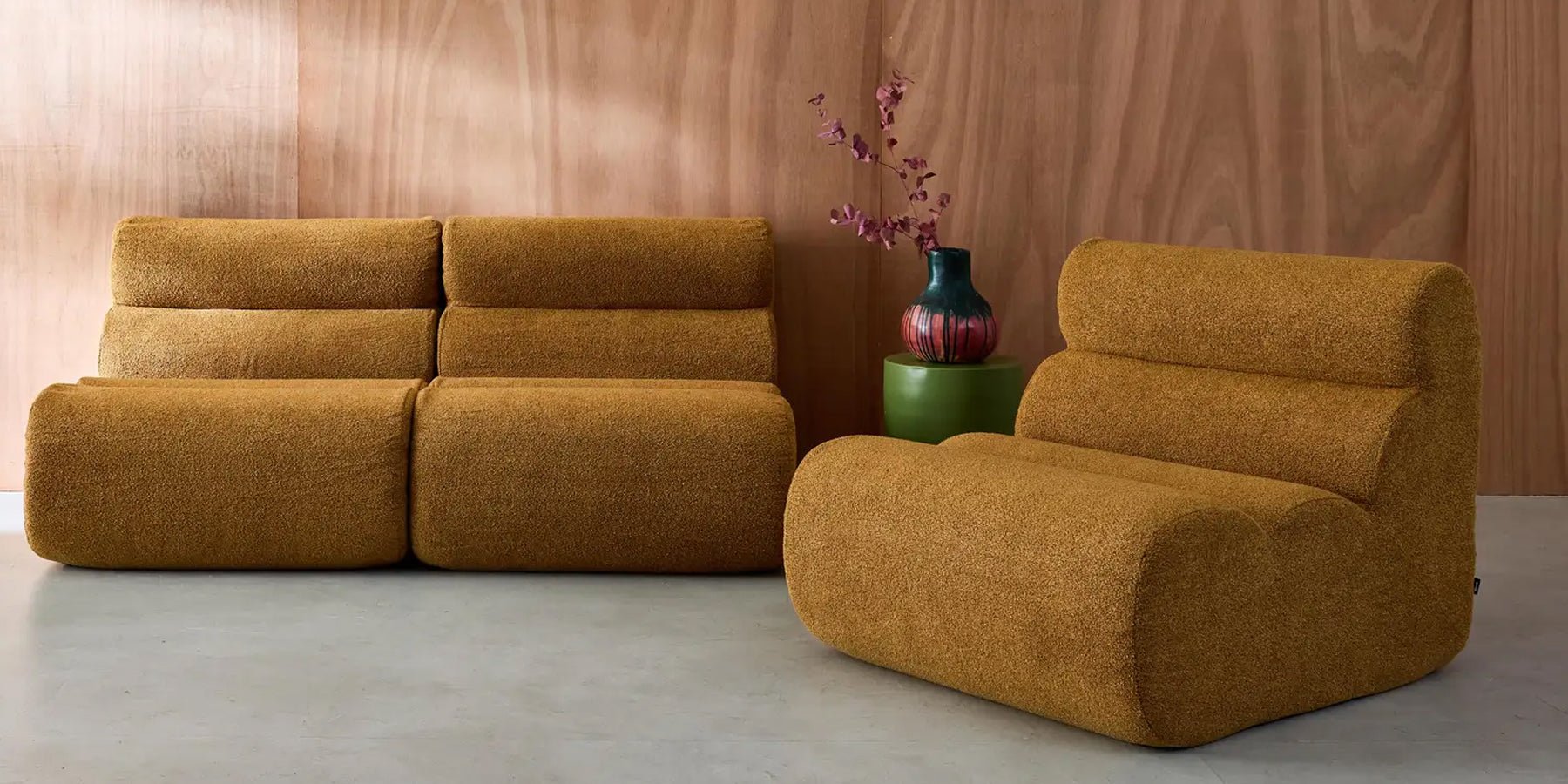
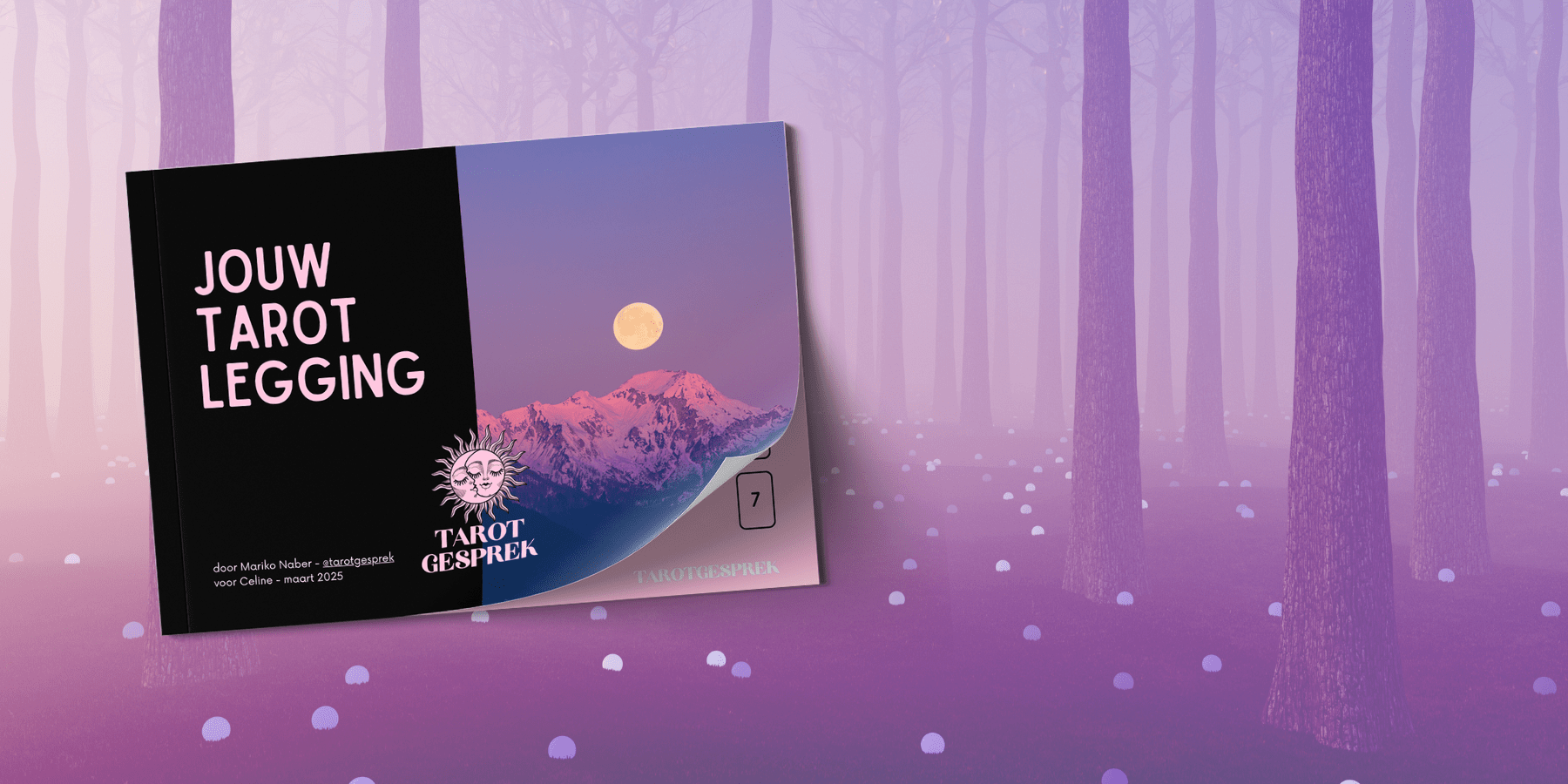

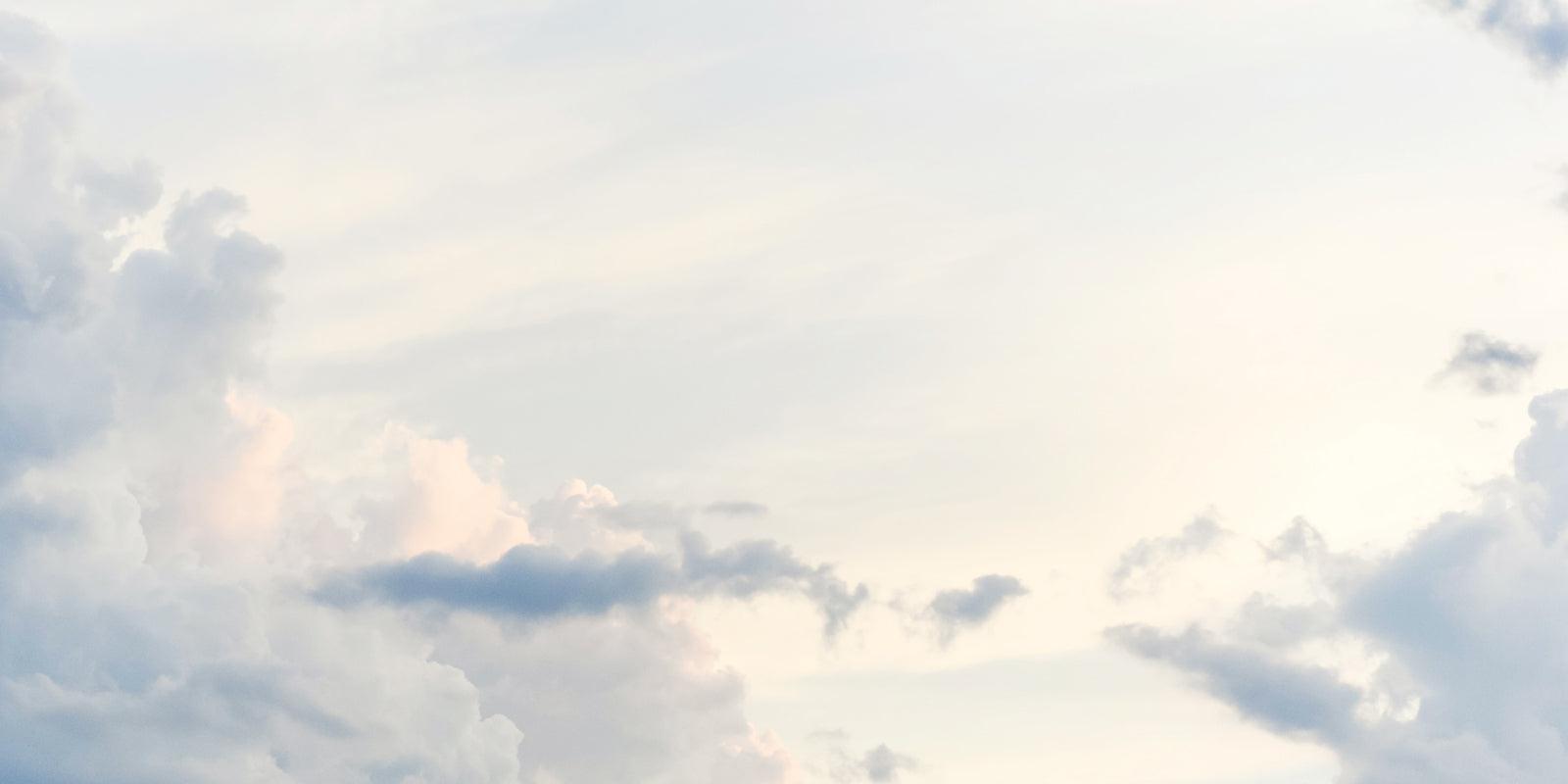
Interesting? Share with someone:
The day I met my favorite artist Mark Ryden in Paris
5 Useful sleep tips for restless sleepers